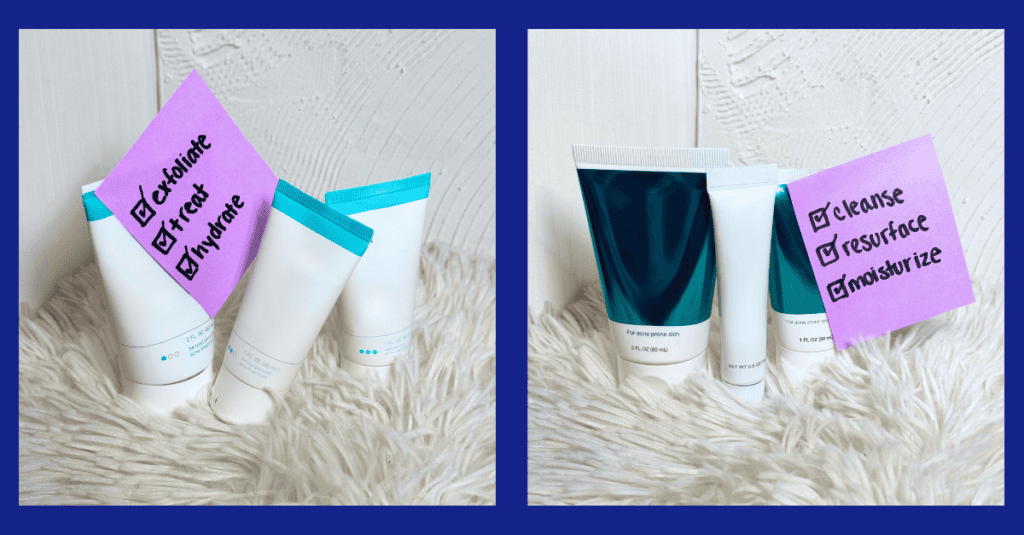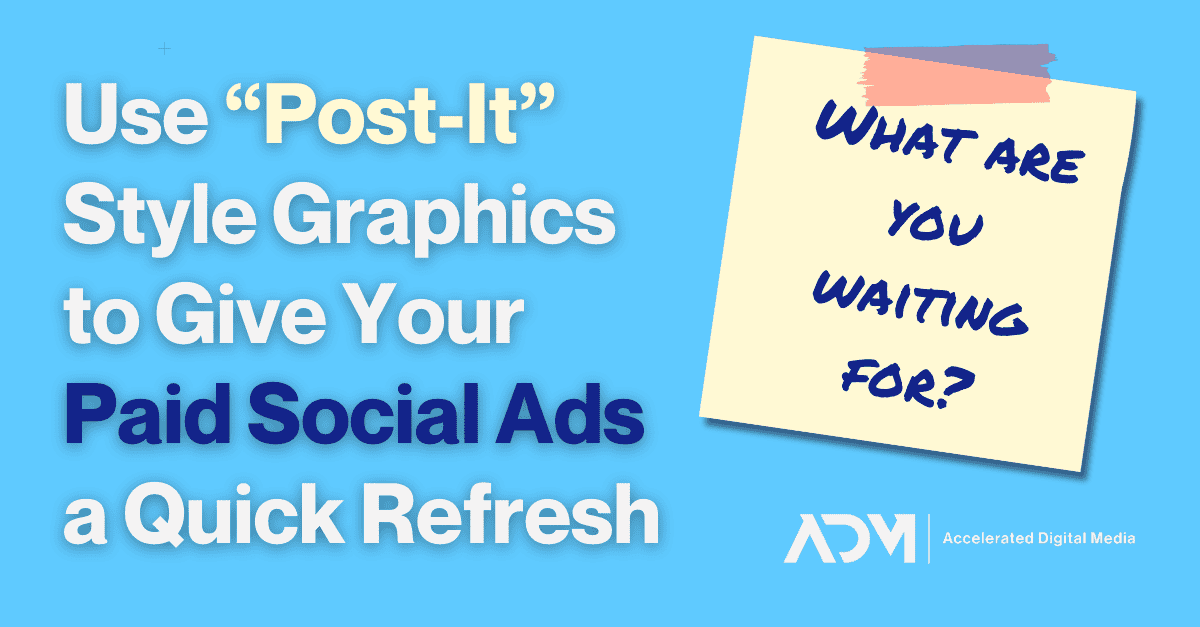In paid social advertising, it’s essential that you’re always testing new creative to find better ways to connect with your audience. But commissioning new creative—whether it’s high-quality product photography or well-planned user-generated content (UGC)—typically involves sitting through some turnaround time.
Wouldn’t it be nice to have a simple, low-lift new creative style to test? In this blog, we’ll explain a simple creative asset style you may not have considered, and which doesn’t take long at all to prepare for a campaign test.
Enter “Post-It” Social Ads
Simply put, a “Post-It” ad typically showcases a lo-fi image of a product (or representation of a service) with a sticky note stuck on it. The note itself features a succinct message calling out a value proposition, and should ideally be handwritten in permanent marker (a “Sharpie”, for another generic trademark item).
This creative can be quickly made and shot, ideally, on a good phone camera. The goal isn’t for a sterling piece of studio-shot product photography (hence the phone camera). The more “real” and practical the product and note look, the better. The concept can be recreated digitally by adding a note to existing product photography, but we feel that the best results are driven by the real thing.
Despite—or perhaps because of—its simplicity, this concept is currently extremely trendy in some industries. It’s easy to execute (all you need is a phone, the product, and a post-it note) and iterate on. You can test as many camera angles as you can reach and as many different call-outs as you have post-it notes.
These ads are easily digestible, and the limited amount of space for messaging on a Post-it forces you to get straight to the point with your most impactful product attributes and CTAs.
Real-world Performance

Creative wrinkles like Post-it ads can be worthwhile to test, but some brands are hesitant to embrace ads that deviate from their typical style. But success usually changes that tune. For instance, ADM suggested ads similar to those above for a large online health and beauty brand with well-established branding. After securing an agreement to test them, the Post-it ads drove a 26% higher return on ad spend (ROAS) and 23% lower cost-per order (CPO) than the account average.
It wasn’t just through paid advertising metrics that the test performed well: The client’s organic social team reported that these ads were driving higher-than-average engagement, with a substantial increase in comments compared to their other posts—both paid and organic. That success led us to introduce the idea to some of our other paid social clients.
Embracing Lo-fi Ads
Many brands struggle to step away from highly-branded ads decked out in their specific color schemes, fonts, and logos. This type of ad content is commonplace across users’ social feeds and really the rest of the internet—which can make it easier for users to ignore.
The “Post-It” concept is a departure from that because it doesn’t look like the type of image a brand would usually post. They are more lo-fi in nature and represents a bigger swing away from what is traditional, making it more likely to break through the ever-growing competition on Meta.
It’s important in this age of social media to recognize the role that lo-fi creative styles can play in your marketing arsenal. It’s also important to realize that lo-fi should never mean low quality. Bad lighting, unflattering photography, and sloppy ad copy will never be a benefit to your brand. But with readily available technology like high-quality smartphone cameras, a bit of preparation and iteration can produce great results without substantial cost.
UGC has been a disruptive force, and users aren’t necessarily looking to see crisp, professional visuals from every advertiser anymore. Getting users to stop scrolling long enough to consider your message is the first step to any meaningful ad result (like a click or purchase), so an ad that “tricks” a user into thinking it could be an organic post is likely to be more successful at stopping the scroll.
Given the success we’ve seen deploying this simple ad style in our client accounts, we consider Post-it ads to be one of many low-risk, high-reward potential tests that paid social advertisers should run.
If your social strategy feels like it’s going stale, consider reaching out to the ADM team today. We’re a paid social agency partner that never stops looking for new growth opportunities, and we’d be happy to talk about areas where you might be able to cut wasted spend test new creative ideas to unlock that next stage of growth.



